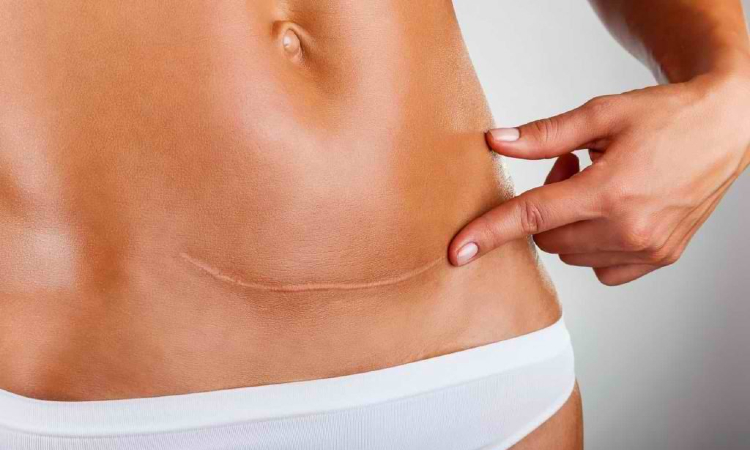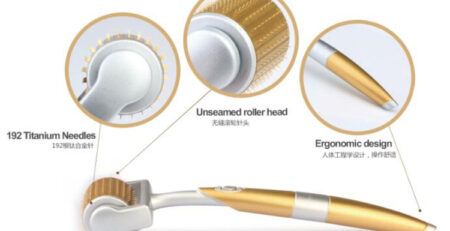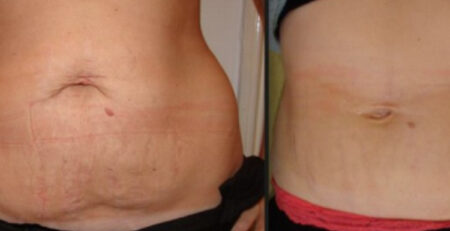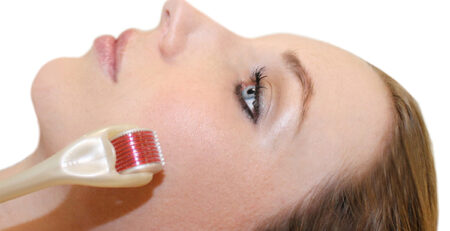Microneedling Therapy Help Reduce Keloid Formation: How it is Possible?
Keloid is an unsightly thing to look at. It is a form of scar which you don’t know when to stop. Keliod is also known as keloid scar which is tough heaped up scar rises quite abruptly above the skin area. It has a purple to pink color and a smooth top.
It is irregular in shaped and may tend to enlarge progressively. The difference of which in other scars is that it does not regress over time. It is a benign fibrous growth of scar tissues in affected individuals. Keloid is a result of an irregular wound healing.
There are a number of treatment used to reduce keloid formation, these includes corticosteroids, laser therapy, cryotherapy, radiation, interferon, silicon gel, applying of pressures and medical management.
One of the most common questions asked in the forums is whether microneedling therapy is a good alternative option in treating keloid scar? Is there enough evidence-based data that could prove its efficiency in reducing scar formation? If it cannot reduce keloid scars, will it help reduce hypertrophic scars instead?
In the succeeding notes, the role of microneedling therapy on reducing keloid formation will be discussed further.
Scars No More?
The growing aesthetic awareness makes people become more conscious of their scars. They feel disappointed of their scars and seek help for aesthetic and functional improvement. However, there are certain limitations as to the extent of scar removal treatment particularly following trauma or surgery.
Despite the plethora of advocated treatment options in the clinical setting, the main goal of every doctor is to minimize the risk factors as possible. It is also important to understand the skin’s anatomy and healing mechanism in terms post operative scarring. A number of therapeutic options that have been successfully tested in clinical trials.
The emerging techniques include intralesional 5-fluorouracil, intralesional cryotherapy, bleomycin and interferon. There are innovative options such as photodynamic therapy, botulinum toxin A and imiquimod 5% cream.
The potential of microneedling treatment in treating keloid scars is still considered as investigational and experimental because of insufficient evidence of peer-reviewed trials. Although, some may consider it as a treatment option, there is a need for clear-cut clinical trials that would confirm its effectiveness.
Why Keloids are Difficult to Treat?
Keloid is difficult to treat because it is impossible to remove the scars completely. More so, the exact cause why keloids occur is still unknown. It is a chronic disease and it is something that you have to deal with for the rest of your lives.
Even the current treatment modalities to reduce keloid formation is not that a guarantee of complete remission of scars. Available treatments such as laser and radiation therapy and corticosteroid injection do not give completely satisfying results.
Unlike other normal scars, keloid tends to grow outside the original boundary of the injury or cut. High risk areas for keloid formation are earlobes, lower belly and middle chest.
Even scientist does not fully understand how or why keloid scars occur, but it seem to be a genetic component. It does have a link with heredity. If a mother, aunt, uncle or anyone on the side of the family has keloid, there is a higher chance that you can get it also.
The problem with keloid is that when a person suffers a wound, the cells within the skin called fibroblast deposits the connective tissue to hold the wound to close it, creating a scar formation. As with keloids the fibroblasts continue to proliferate even though the tissues are filled already.
Keloids lack the ability to somehow shut down the normal scarring or healing process. It keeps growing until somehow it gets turned off.
In fact, scientist does not know how to fully shut off the proliferation of fibroblast. Most of the treatment available is only partially effective. Most so, in the current treatment available, the recurrence rate is still over 50%.
This means that there is no guarantee that the scars will completely resolved.
Even doctors agree that it is something that is understudied and poorly treated. But with the rise of cosmetic surgery, more research is being done into wound healing including how to treat keloid formation.
Is microneedling a promising alternative treatment to heal keloid scar?
As of now, there is still a need for a number of clinical studies to confirm the effectiveness of microneedling treatment in dealing with keloid scars. Although, there are a number of few studies, it is still on experimental or investigational.
Nevertheless, with the increasing research on wound healing, sooner or later, scientist and medical practitioners will be able to figure out.
More so, even the standard treatment for keloid does not promise complete remission of scars. There is still probability that the scar will recur.
But one thing is for sure, microneedling therapy is a good alternative treatment in treating hypertrophic scars which is also characterized by aberrant wound healing and excessive dermal fibrosis. Both keloids and hypertrophic scars represent a great challenge for clinicians to treat.
Hypertrophic scars are defined as elevated and visible scars that do not spread into the surrounding tissues and it often regress spontaneously. It is characterized by proliferation of dermal tissues with excessive deposition of ECM or fibroblast-derived extracellular matrix proteins especially collagen for over long periods. It is also characterized by persistent fibrosis and inflammation.
Studies have shown that microneedling treatment is an effective alternative option in treating hypertrophic scars. But the effectiveness of the treatment depends on the morphological type of the scars as well as the severity of the scars present.
Is Microneedling, the Next Big Thing?
Microneedling is a promising treatment modality. Although, there is a need for further clinical studies, most of the current researches showed positive and promising results.
Reducing keloid is a challenge to clinicians. Thus, there is a need for more research to wound healing to come up with the most suitable option. Microneedling therapy is a good avenue for research and hopefully in the future we can see confirmatory results.
Bibliography
Abeer Shaheen,corresponding author1 Jamal Khaddam,1 and Fadi Kesh2. (2016). Risk factors of keloids in Syrians. BMC Dermatol. , 13.
Celeste C Finnerty, PhD,1,2,3 Marc G Jeschke, MD PhD,4,5,6,* Ludwik K Branski, MD,1,2 Juan P. Barret, MD PhD,7,* Peter Dziewulski, FRCS (Plast),8,9 and David N Herndon, MD1,2,3,*. (2016). Hypertrophic scarring: the greatest unmet challenge following burn injury. Lancet , 1427–1436.
Felipe Bettini Rabello,I Cleyton Dias Souza,II and Jayme Adriano Farina JúniorIII. (2014). Update on hypertrophic scar treatment. Clinics (Sao Paulo) , 565–573.
Gauglitz, G. G. (2013). Management of keloids and hypertrophic scars: current and emerging options. Clin Cosmet Investig Dermatol. , 103-114.












